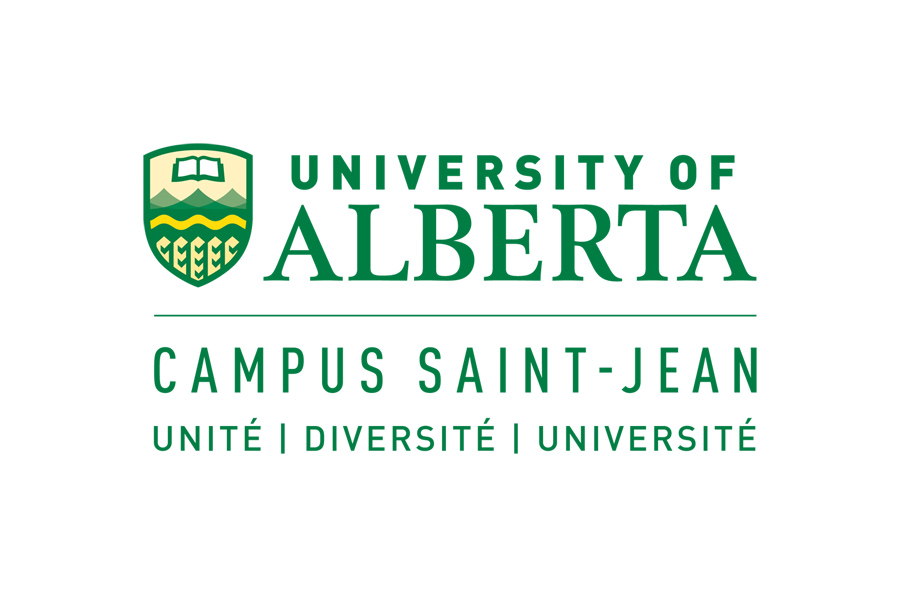 |
|
||||
Org: Charles Doran (Alberta), Andrey Novoseltsev (Alberta) et William Stein (Washington)
[PDF]
- TRISTRAM BOGART, MSRI/San Francisco State University
Few smooth $d$-polytopes with $N$ lattice points [PDF]
-
The AIM workshop "Combinatorial Challenges in Toric Varieties" centered on several questions about lattice polytopes motivated by toric geometry. In particular, a lattice polytope is said to be smooth if it is simple and the primitive rays of each vertex cone comprise a lattice basis. The questions are whether smoothness implies any or all of a list of successively stronger properties including normality, Koszul, and existence of a regular unimodular triangulation.
To gather evidence for these questions, we set out to test the properties systematically in dimension three. In order to do this, we proved a key finiteness property: given a finite list $F$ of rational cones and an integer $N$, there are only finitely many lattice polytopes whose normal cones are (integrally equivalent to) elements of $F$ and that contain at most $N$ lattice points. In particular this holds if $F$ simply consists of the unimodular cone, the smooth case. The proof is algorithmic and was implemented by Benjamin Lorenz to perform computations that give a positive answer to all of the questions for the case of three-polytopes with at most twelve lattice points. In algebro-geometric language, the strongest result is that if $X$ is a toric three-fold embedded in $\mathbb{P}^{N-1}$ by a complete linear series for $N \leq 12$, then the defining ideal $I(X)$ has a square-free quadratic initial ideal.
This project is joint work with Christian Haase, Milena Hering, Lorenz, Benjamin Nill, Andreas Paffenholz, Francisco Santos, and Hal Schenck.
- VINCENT BOUCHARD, University of Alberta
Tops [PDF]
-
It is well known that reflexive polytopes can be used to study Calabi-Yau hypersurfaces in toric varieties. Less however is known about the use of "tops" --- three-dimensional lattice polytopes with one facet containing the origin and the other facets at integral distance one from the origin. Those appear in the context of elliptically fibered Calabi-Yau hypersurfaces, where they encode degenerations of elliptic fibers. In this talk I will summarize the uses of tops, and explain how they can be classified into families closely related to the classification of affine Kac-Moody algebras.
- VOLKER BRAUN, Dublin Institute for Advanced Studies
Toric Geometry in Sage [PDF]
-
In this talk, I will present the toric geometry package that I
developed jointly with Andrey Novoseltsev. It is implemented in the
Sage computer mathematics system and provides an efficient and
user-friendly implementation of many toric algorithms. As an
application, I will construct an elliptically fibered fourfold whose
discriminant locus contains a non-simply connected divisor. This is
relevant for F-theory compactifications of string theory.
- CHARLES DORAN, Alberta
- ANDREY NOVOSELTSEV, University of Alberta
Geometric transitions through singular subfamilies in toric varieties [PDF]
- ANDREY NOVOSELTSEV, University of Alberta
-
(Joined work with Charles F. Doran.) We present an explicit geometric transition between
Calabi-Yau threefolds realized as anticanonical hypersurfaces and
complete intersections in toric varieties, where the role of the singular
variety in the geometric transition is played by a generically
singular subfamily of hypersurfaces. The involved families of
Calabi-Yau varieties may lead to a representative for the last class
in Doran-Morgan classification of variations of Hodge structure
associated to one-parameter families of Calabi-Yau threefolds. In the
exploration of this example we have extensively used the newly
developed framework for toric geometry in Sage.
- URSULA WHITCHER, Harvey Mudd College
The Griffiths-Dwork algorithm for toric hypersurfaces [PDF]
-
The variation of complex structure for a family of Calabi-Yau varieties is encoded in a differential equation called the Picard-Fuchs equation. We develop computational methods for studying properties of Calabi-Yau varieties realized as hypersurfaces in toric varieties, and implement an algorithm for computing their Picard-Fuchs equations. We apply our methods to study highly symmetric families of K3 surfaces. This talk describes joint work with Dagan Karp, Jacob Lewis, Daniel Moore, and Dmitri Skjorshammer.








